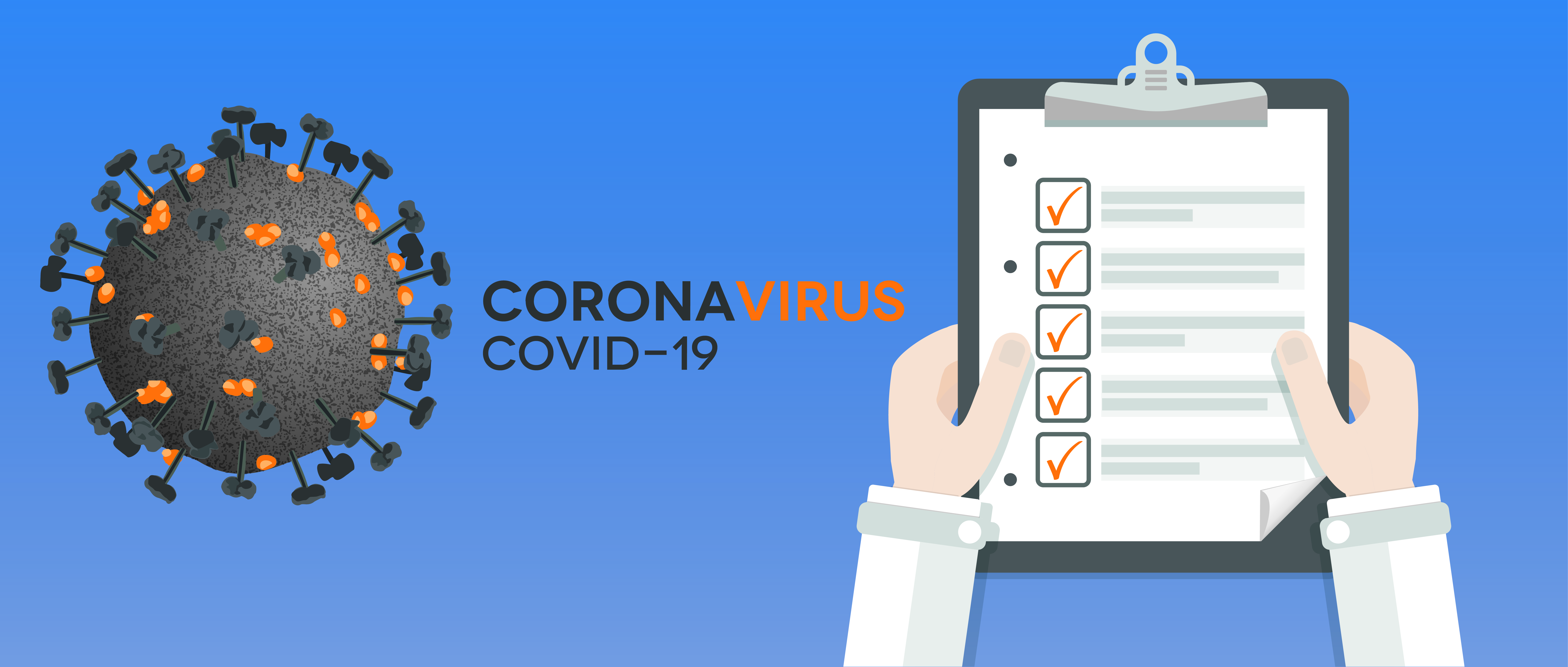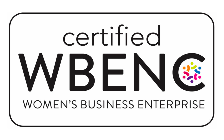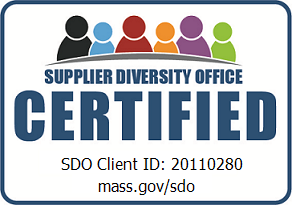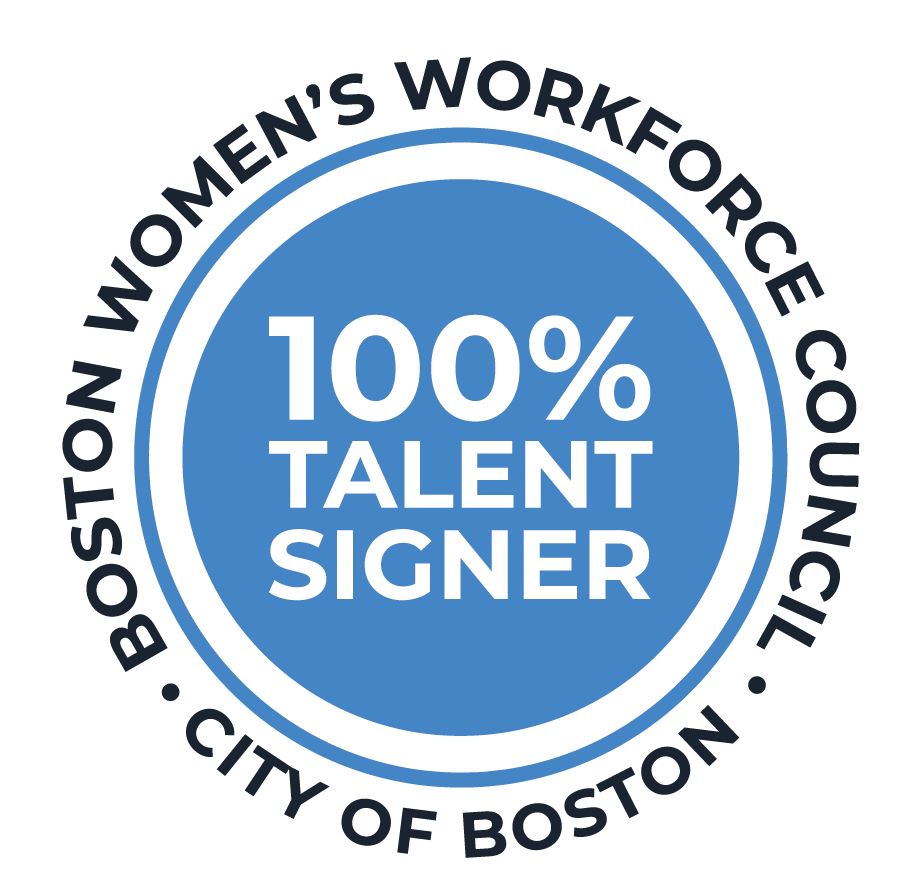As businesses nationwide contemplate whether, when and how to reopen, they need to overhaul many of their existing policies and physical locations and also develop new safety and contingency plans. COVID-19 is impacting every facet of our daily lives, and the eventual return to business as usual will be exceptionally unusual for many employees and employers – but the changes are necessary to protect ourselves and each other.

According to Dr. David Shulkin, former US Secretary of Veterans Affairs and hospital CEO, and a member of The Castle Group’s COVID-19 Task Force, “Businesses will only be able to resume operations if their employees and customers feel safe.” Shulkin has been helping companies across the country inch toward a semblance of normalcy in the era of an ever-present pandemic threat.
Here are eight critical things he has been advising companies to consider as part of any comprehensive recovery plan:
1. Altered Physical Environment
Workplaces or other environments should ensure spacing for staff and customers that will allow for people being at least eight feet apart. Office environments with open cubicles will be particularly challenged but can increase safety by reducing the number of cubicles and spacing these further apart. Places that have customer interactions should consider physical barriers between people, such as Plexiglas that separate people apart. Where possible, air filters should be replaced with effective filters. HEPA filters, within the HVAC systems, will be effective in removing particles that are greater than 10 nanometers in size. The coronavirus is 125 nanometers and therefore should be filtered out. Filters should be changed according to the manufacturer’s recommendation. Elevators should be limited to two people at time.
2. Rigorous Disinfection Protocols
Well documented disinfection procedures and protocols should be in place in all work environments and places where people will gather. Disinfection with alcohol-based cleansers should be done on a regular schedule. Hand sanitizers should be readily available for people to use and signage should be displayed reminding people to wash their hands with soap and warm water for twenty seconds. Special attention to cleaning should be taken for shared equipment such as telephones, computer terminals, copy machines, door handles, and bathrooms.
3. Mandatory Health Screening
Before returning to the workplace and activities that involve regular contact with other people, a documented infection status from all people should be required. While this may sound burdensome, this is similar to what is required for children before being granted entry into schools. Screening procedures for employees and customers will also be important to put in place. Anyone with symptoms such as cough, temperature elevations (above 99.8 F), or people feeling poorly, should not be allowed into settings with other people. New tools will be increasingly used to help identify people at risk. If a person tests positive for COVID-19, they should not return to work, and should maintain a self-quarantine, until they develop antibodies and are at least 21 days post symptoms. People with symptoms regardless of their testing status should not return to the workplace or to social interactions.
4. Revamped HR Policies
Teleworking and remote work should still be encouraged until we can assure that there is little or no risk of active infection in the community. Staggered work schedules should also be utilized to ensure that proper spacing of employees is obtainable. Liberal leave and sick time policies should be put in place to ensure that people with symptoms of the infection do not come to work. Employees at increased risk due to age or being in a medically vulnerable group should be encouraged to telework or remain at home until a safe environment can be assured.
5. Reasonable Travel Restrictions
Businesses will have to reassess which employees can travel – if any – and how traveling employees will get to and from their destinations. Only travel deemed necessary to business operations should be approved, and employees who must travel by air or train should be required to report any onset of symptoms while away from the office. These criteria should also extend to employees who commute to and from work using mass transit – such employees should be encouraged and incentivized to, if possible, use transportation modes that minimize contact with others.
6. Strict Meeting Criteria
Gatherings of more than a few people in a confined space should be avoided and may require changes to past work routines. Companies should set limits on the number of employees allowed to assemble in a single room at any given time, based on the size and layout of the room.
7. Updated Contingency Plans
Now that we know about the threat posed by COVID-19 and other potential pandemics, there is no excuse not to be prepared for future outbreaks. Businesses must take a comprehensive look at their crisis management plans and incorporate the lessons already learned into those documents. This will ensure any viral resurgence can be effectively managed – as employees will now expect it to be.
8. Effective Reopening Communications
Employers should work to increase communications with employees. This will allow for information on the workplace to be shared, as well as for employees to give feedback to employers. Trust and transparency are powerful tools in getting everyone to feel more comfortable in returning to work and other locations where people will be gathering.
While the post-COVID world may never look exactly like it used to, we can create a path forward to ensure that we take the necessary precautions and, with adjustments, return to our old ways of life.





















